This post may contain affiliate links which means I will get a commission if you make a purchase at no additional cost to you. As an Amazon Associate I earn from qualifying purchases. Please read my disclosure for details.
Are you unknowingly sabotaging your own meals? It turns out, that many of us are guilty of behaviors in the kitchen that turn our fresh groceries into a fast track to Funky Town. But fear not, because change is easier than you’d think.
Did you know that a whopping 30-40% of the food supply in the U.S. becomes waste each year due to improper storage and handling?
Imagine throwing away a third of your paycheck along with that spoiled produce. Ouch! But don’t fret, we’ve got you covered with some insights backed by real data.
Let’s dive into the habits you might not even realize are causing your food to spoil faster, and learn how to kick them to the curb.
1. Storing Food in the Wrong Part of the Fridge
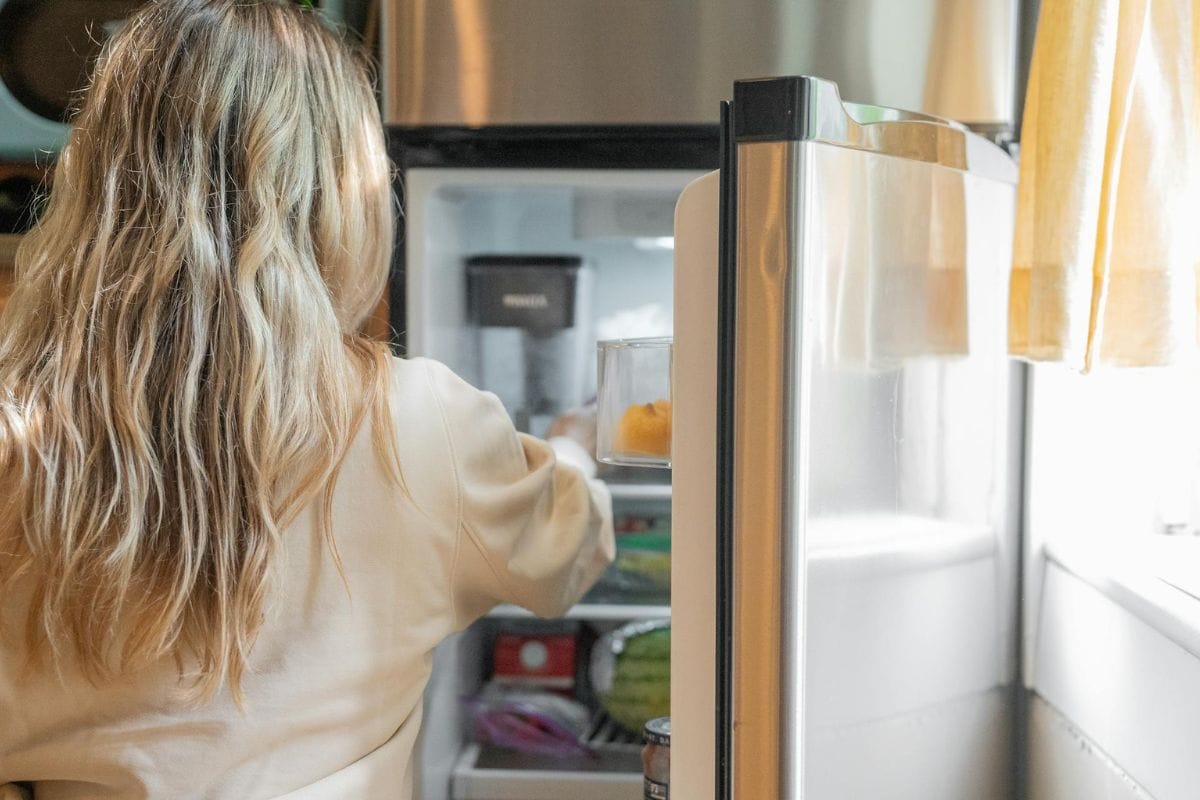
WANT TO SAVE THIS RECIPE?
Do you find yourself cramming everything into your fridge without a second thought? Even if your veggies get along famously with your dairy, different areas of your fridge are designed for specific temperatures.
Tweaks as simple as putting dairy products in the back of the fridge where it’s coldest can prolong freshness.
Try organizing based on these zones: raw meat goes to the bottom shelf, and fruits and veggies belong in the crisper drawers.
2. Keeping Produce in Plastic Bags
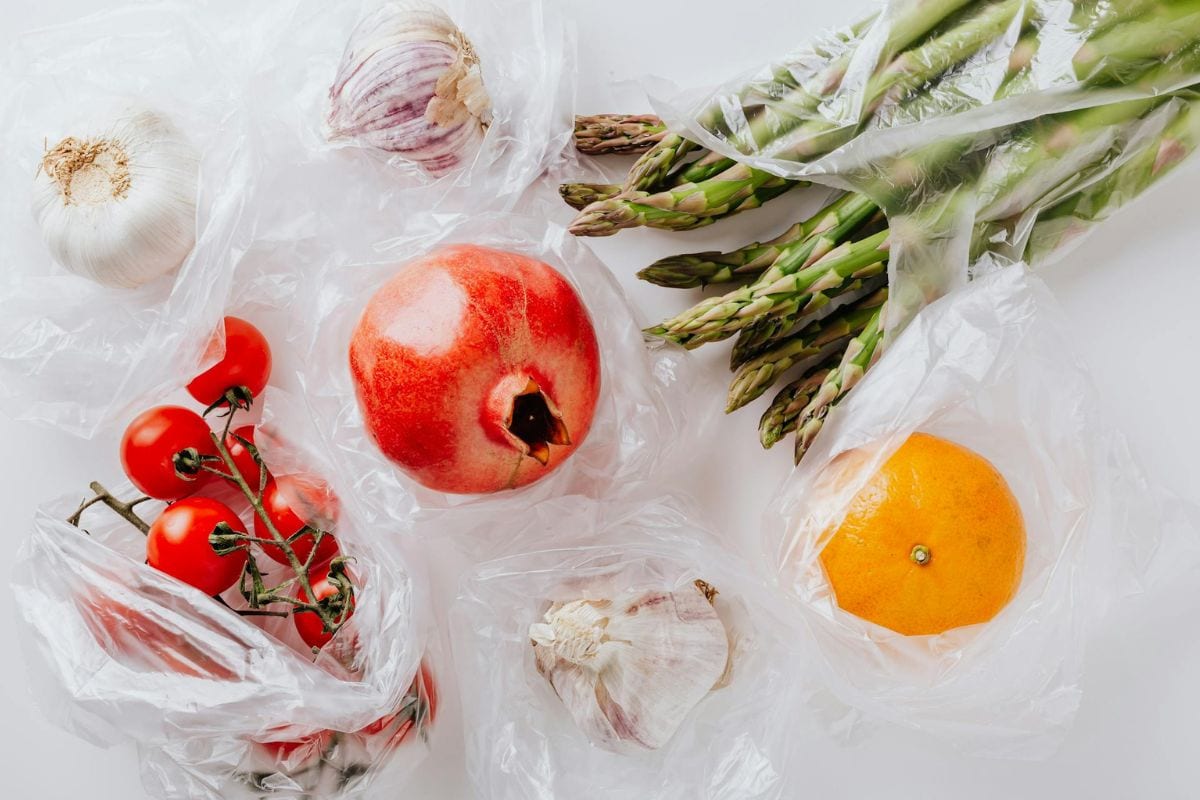
Ah, the classic plastic bag—a hero of convenience yet a villain when it comes to preserving freshness.
Plastic bags can trap moisture, speeding up mold growth. Paper towels absorb moisture, keeping veggies crisp and fresh for much longer.
Swap out the plastic for breathable bags or loosely covered containers to give your greens a longer life.
3. Not Washing Produce Before Storage
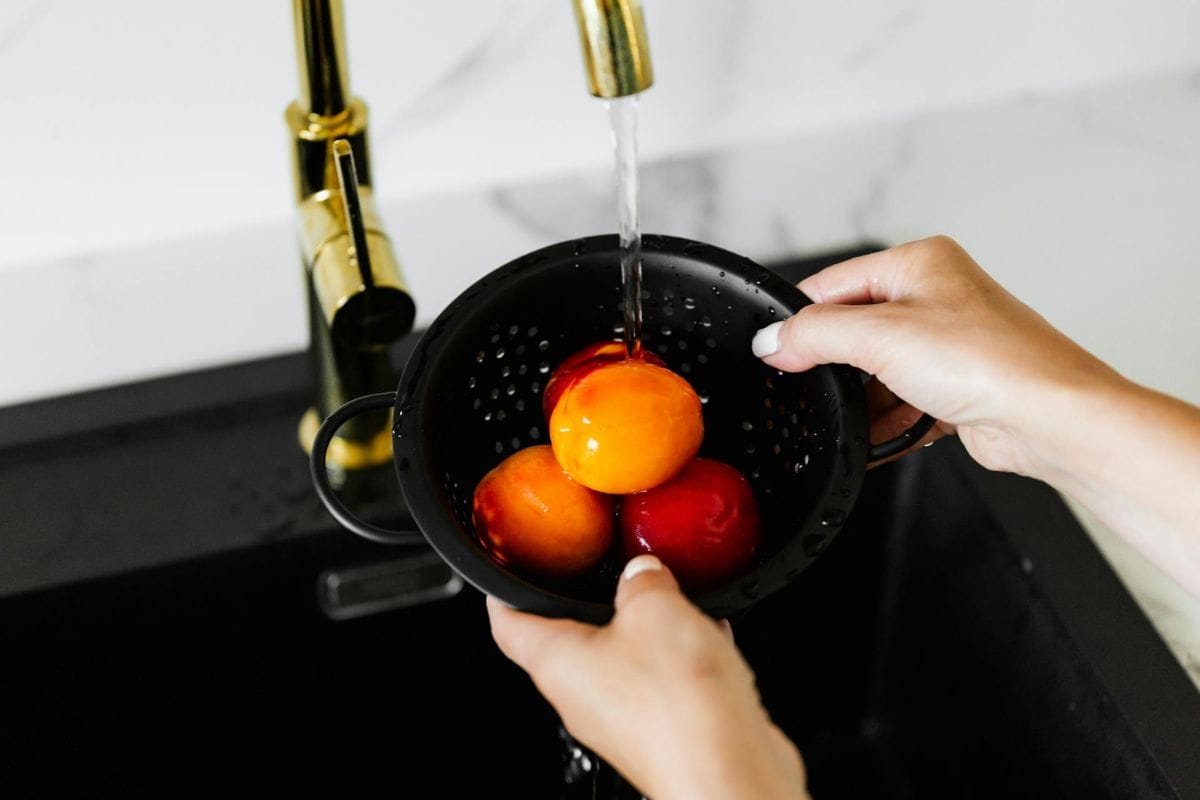
It might feel like washing produce before storing them is the opposite of what you’ve been taught. However, a gentle rinse can remove residues that hasten spoilage.
Don’t soak produce; just a quick rinse and dry can do wonders. Ensure produce is completely dry before stashing it away—dampness can lead to decay!
Related Post: The 13 Worst Sandwich Toppings, In My Opinion
4. Ignoring Expiration Dates

Dates on food packaging aren’t just suggestions; they’re your best friends when it comes to freshness! Take a proactive approach by conducting a weekly inventory check—discard anything past its prime.
Related Post: 15 Brilliant Recipes That Use Pantry Staples You Already Have
5. Overcrowding the Fridge

We know the routine—food gets shoved in wherever there’s space. But a crowded fridge blocks air circulation, which can make food spoil faster.
Allowing space between items ensures consistent temperatures. Conduct regular clean-outs to ensure your fridge isn’t a packed house!
Sign up now to receive our exclusive e-cookbook filled with top-rated recipes for FREE!
6. Placing Hot Leftovers Directly in the Fridge
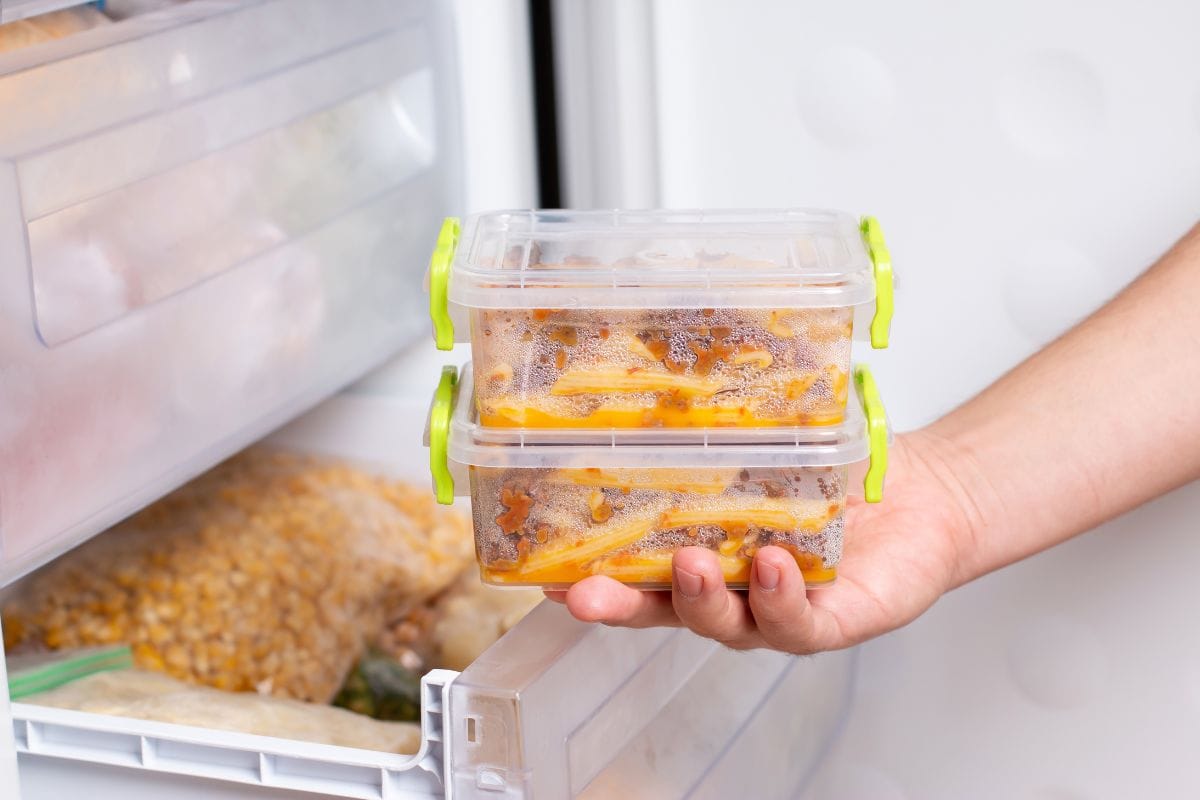
You want to put leftovers away as soon as possible, but placing a piping-hot dish in the fridge can lower its internal temperature.
Research from the USDA warns that this can create a breeding ground for bacteria. Allow your food to cool slightly before refrigerating to maintain the optimal climate for chilled foods.
Related Post: 15 Genius Ways to Add More Protein to Meals Without Breaking the Bank
7. Keeping Open Cans in the Fridge
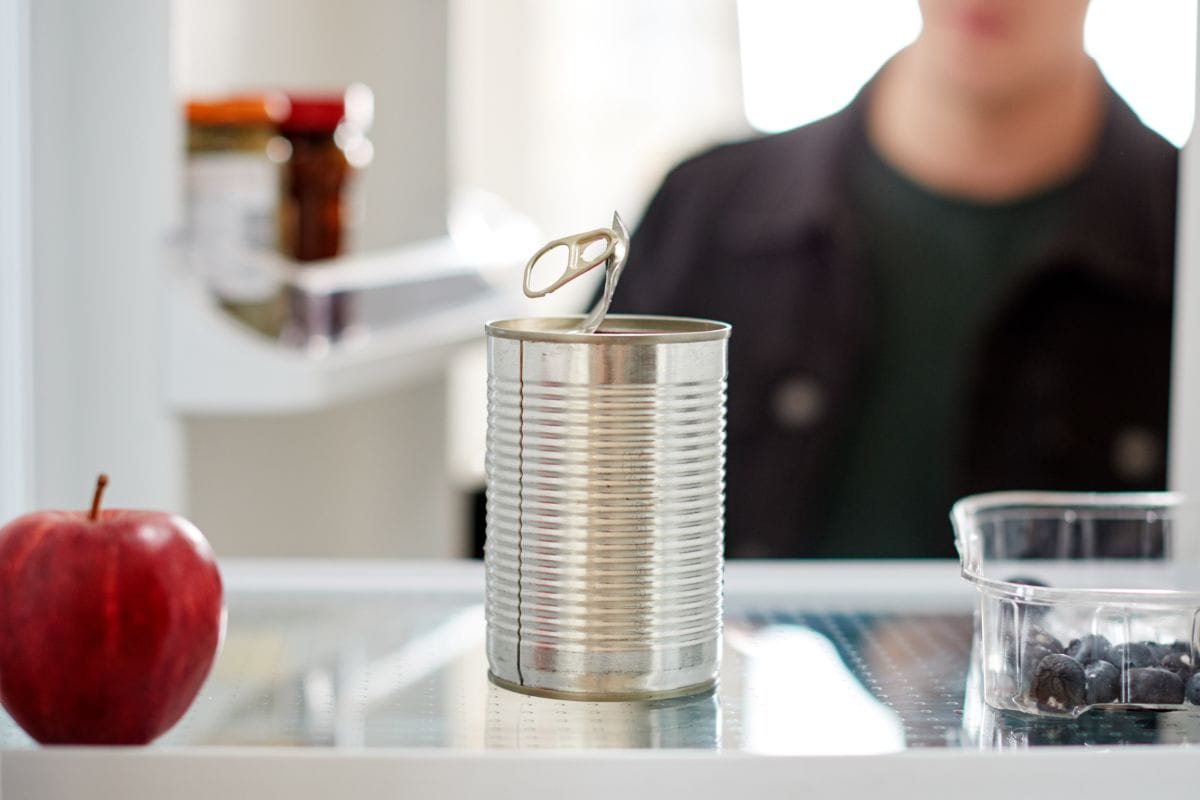
Metal cans may alter the flavor of their contents once opened and exposure to air can cause food spoilage more rapidly. Give your leftovers a cushy new home in glass or BPA-free plastic containers.
Related Post: The 15 Worst Snacks Consumers Are Still Buying
8. Storing Bread in the Fridge

Bread in the fridge might sound like a smart move, but it actually causes staling faster.
Refrigeration speeds up the retrogradation process of starch, leading to accelerated staleness (source). Store your breads in a cool, dry pantry or freeze them instead to extend shelf life.
Related Post: Are You Guilty of These Terrible Kitchen Habits?
9. Leaving Milk in the Door
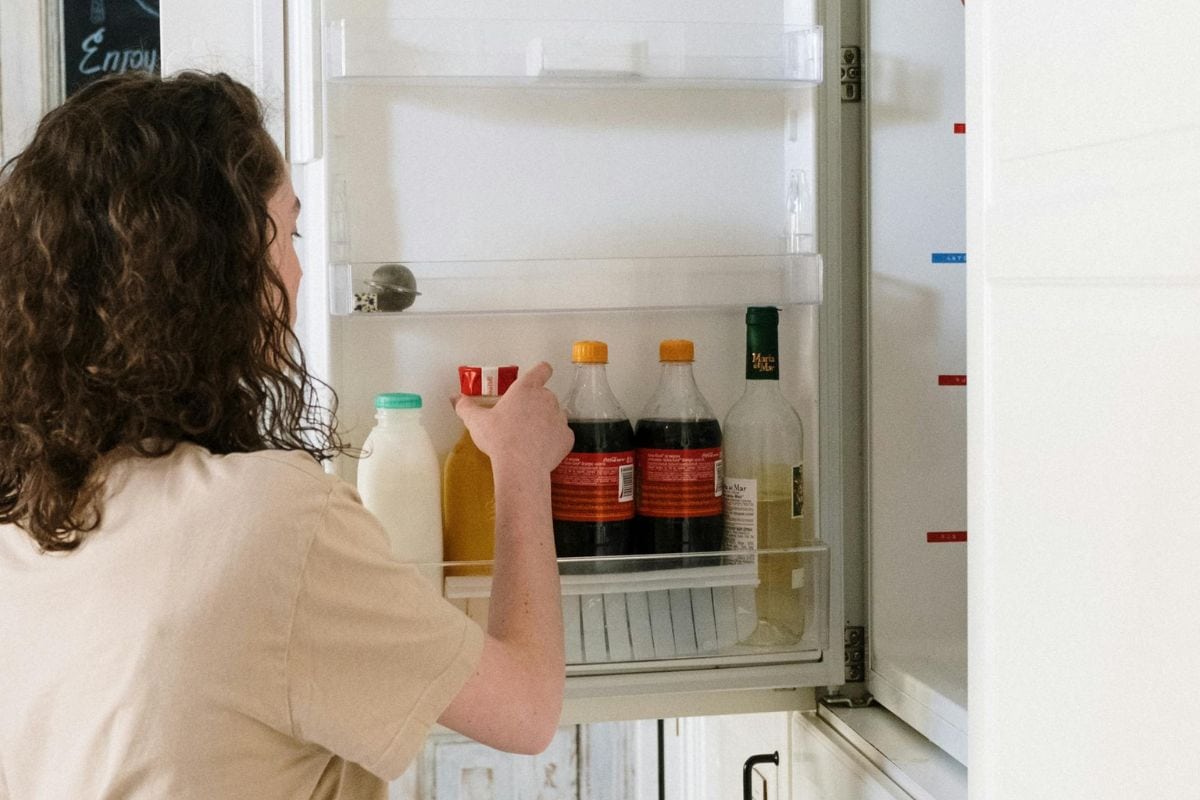
The fridge door may seem like a convenient place for your milk, but it’s actually the warmest part of the fridge.
Relocate milk to the back of the fridge to maintain cooler, more consistent temperatures. Keeping milk extra cold helps slow down bacterial growth, keeping it fresh longer!
Related Post: These 13 Party Recipes Could Be the Reason Your Events Flop
10. Not Using Moisture Control Features

Many modern fridges come with some nifty bells and whistles, like humidity drawers. Use these to your advantage based on the type of produce: high humidity for leafy greens, low for fruits. Doing this can radically extend the life of your perishables.
Sign up now to receive our exclusive e-cookbook filled with top-rated recipes for FREE!
11. Storing All Produce Together
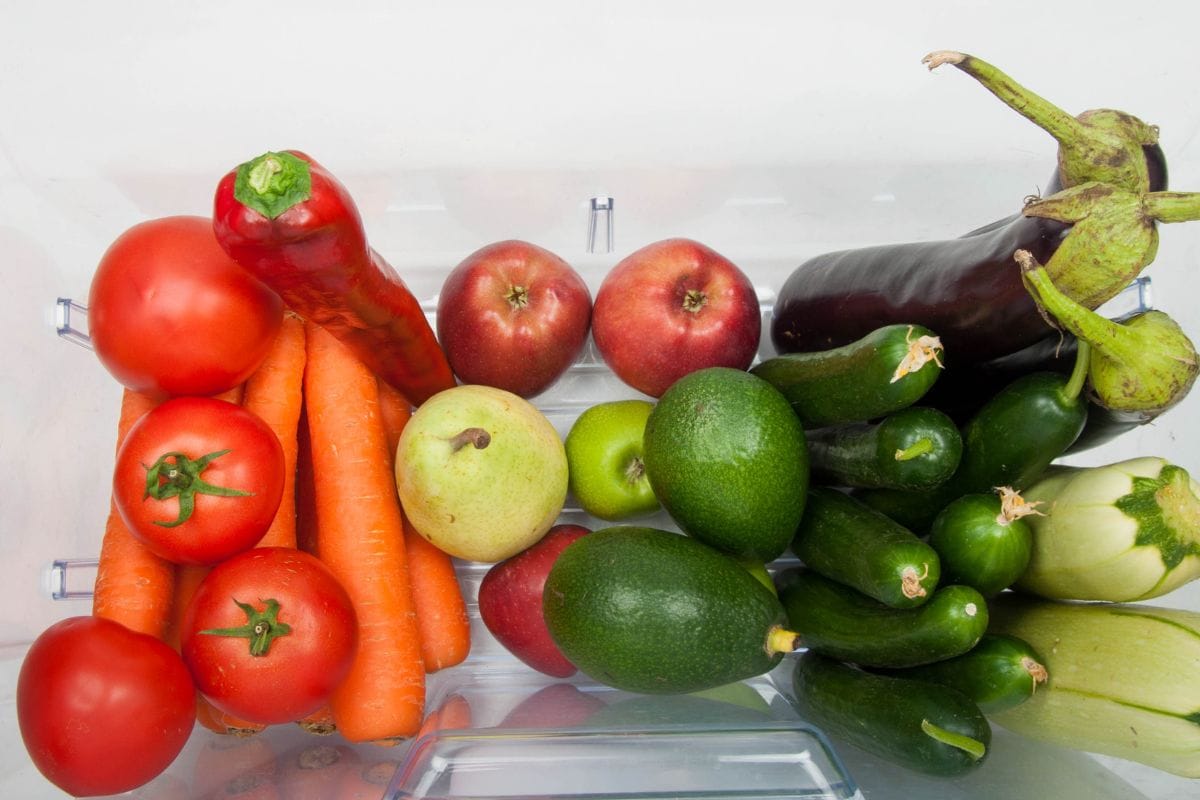
Remember that not all produce plays nice with each other! Ethylene-producing fruits like apples can speed up the ripening of sensitive veggies. Consider organizing your fridge by grouping items based on ethylene compatibility.
Related Post: Your Picnic Might Be Doomed If You Pack These 11 Foods
12. Forgetting to Freeze as a ‘Freshness Saver’

You may know freezing extends shelf life, but are you hesitant about its effect on taste? Fear not! Freezing preserves nutritive value and freshness. Make use of your freezer’s potential—not as a food graveyard, but as a fresher’s paradise!
Related Post: 7 Reasons Veganism Isn’t the Ultimate Answer
Fresher Future Awaits
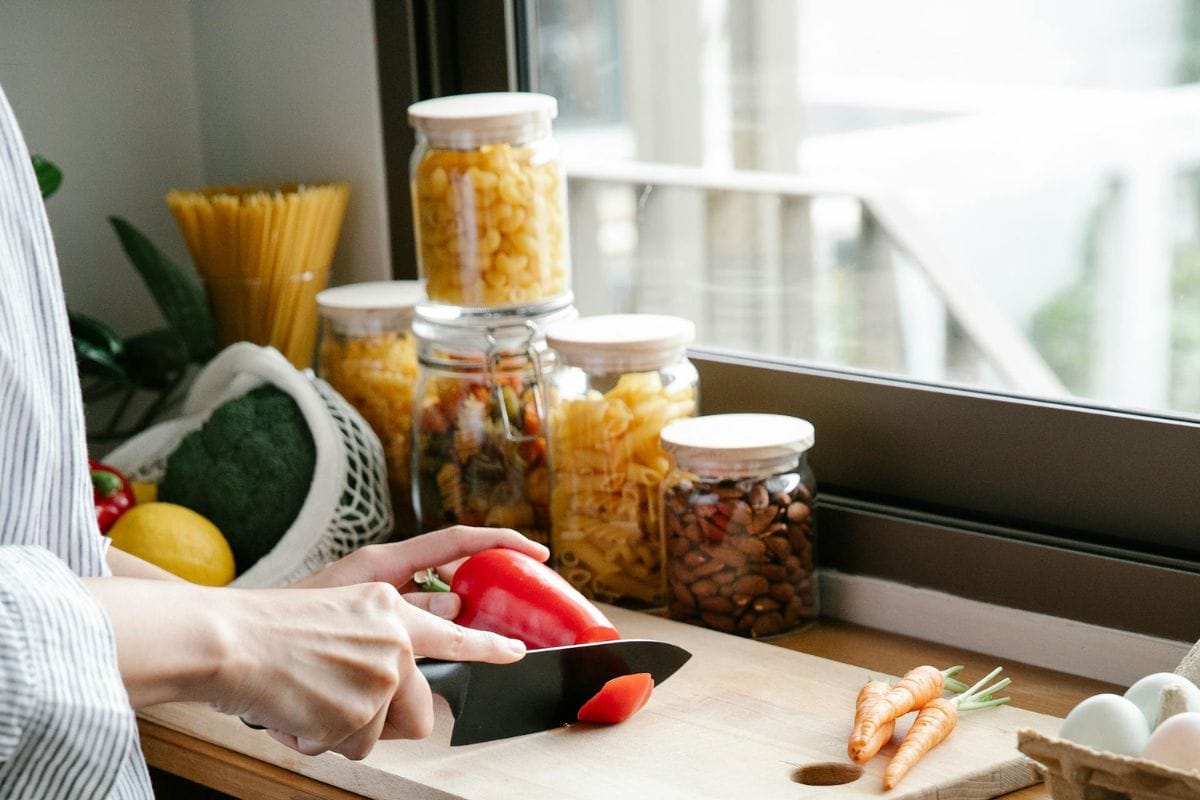
Turning each of these habits around doesn’t just save you money—it helps nourish a fresher, more vibrant home. Commit to smarter storage and you’ll see your food waste—and grocery bill—shrink!
Consider these small changes the keys to unlocking the full potential of your groceries. Not only will you savor your meals longer, but you’ll also contribute positively to the fight against food waste.
Disclaimer: This list is solely the author’s opinion based on research and publicly available information.
12 Healthy Comfort Foods That Boomers Would Love

Comfort food is often associated with indulgence, but it doesn’t have to be unhealthy. For baby boomers, finding meals that are both satisfying and nutritious is essential for maintaining a healthy lifestyle.
Read it here: 12 Healthy Comfort Foods That Boomers Would Love
25 Soul Food Dinner Ideas That’ll Make Even Grandma Jealous

These easy soul food dinner ideas bring in some of the best comfort foods so that you can enjoy a hearty and delicious soul food dinner with the family.
Read it here: 25 Soul Food Dinner Ideas That’ll Make Even Grandma Jealous
Is Walmart+ Still Worth It in 2025? The Truth After 3 Years

Could you be missing out on major savings and life-changing convenience? After three years with Walmart+, I’m sharing the honest truth about what’s worth it—and what’s not. Don’t sign up (or skip out!) without reading this first!
Read it here: Is Walmart+ Worth It? Honest Review 3 Years Later!
You’ll love these related posts:
- Viral TikTok Baked Sushi Recipe – Tastes Better Than You Think!
- 25 Cheap Family Dinners So Filling, Everyone Will Leave the Table Happy
- 30+ Charcuterie Board Ideas That Prove You’ve Been Doing It All Wrong!
- 15 Genius Ways to Add More Protein to Meals Without Breaking the Bank
- 12+ Leftover Recipes So Good, You’ll Forget They’re Leftovers
